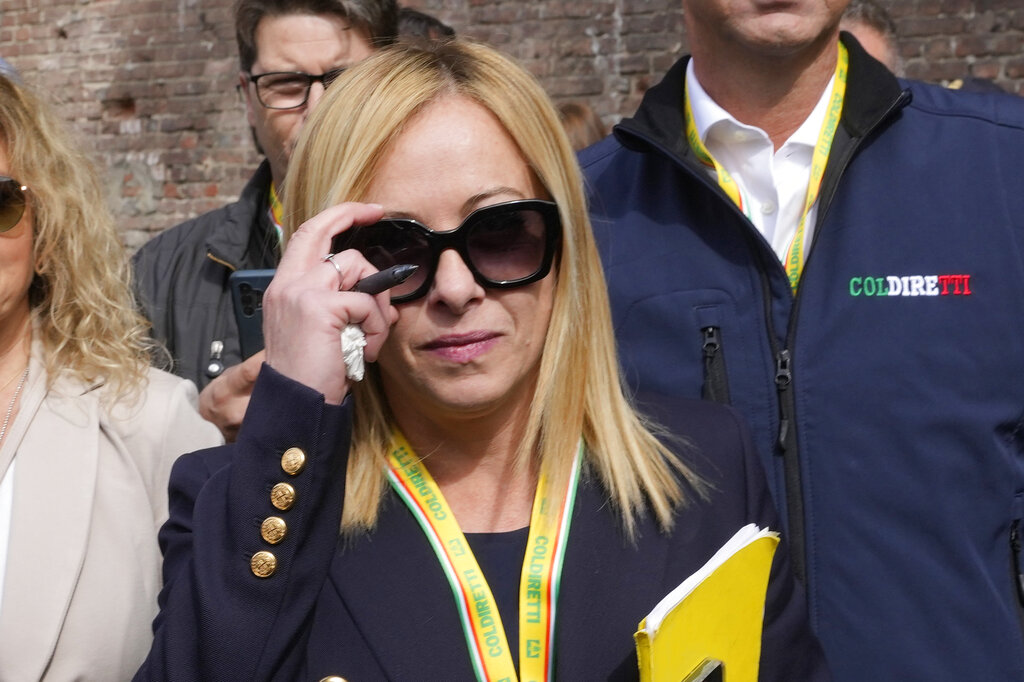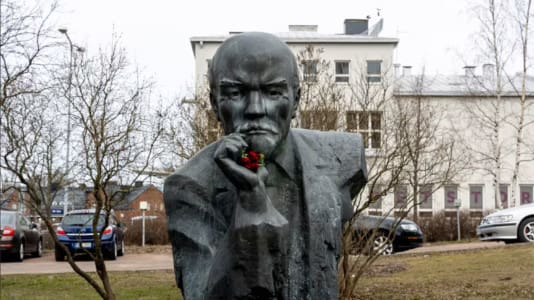The 2003 movie, “The Italian Job,” is a good metaphor for the ‘job’ that Giorgia Meloni, the first female party leader to win the Italian elections, will undertake at the helm of her new government.
The genre classification of the film is action thriller, and that is pretty much what the new government will have to be. It does not bode well either that the president of the European Commission threatened Italian voters with unmistakable openness even before the elections that if they voted in the “wrong direction,” she would have the means to reverse the course. To illustrate this, she cited Hungary and Poland as examples, in case anyone had any doubts about the existence of these tools.
In order to understand this better, let us look at the general situation in Italy, particularly from the point of view of why the direction in which Italy is heading, and what the “right” direction is, is such a sensitive issue for Europe as a whole. The fact that Italy has had 68 successive governments in 76 years, including the new one, suggests that the social and political structure is not very stable, and that any construct that might have been intended to achieve stable governance is falling apart in a short space of time. This was also the case when the traditional two major political forces, the Christian Democratic Party and the Socialist Party, were driving the political process, and the rapidly changing political climate meant that governments changed almost every year. In an average four-year term, at least three governments followed one another.
Then, over the course of a decade or two, both major parties collapsed, and the resulting vacuum was filled by parties that were rebuilt partly from the ruins of the old and partly from at least new-looking parties, further undermining the chances of stability. The world of politics is, of course, only a mirror image, showing, albeit through many different channels, the state of a given society. In other words, it is not simply politics that is unstable, but the whole of Italy’s social structural dynamics. This has been the case for a very long time, and as things stand, this is not going to change any time soon.
As we know in the eurozone countries, the ratio of public debt to GDP must not exceed 60 percent, but today, at most, 3 out of 18 countries meet this criterion, and in Italy the ratio is above 150 percent. Public debt amounts to €3.2 trillion, by far the largest in the European Union and roughly five times the size of Hungary’s total national wealth.
All of this cannot be explained by the prevailing narrative, so for a while it was placed under the direct control of the global financial power system of Mario Draghi, but this construct has now fizzled out. The old order has finally collapsed, replaced by a confused liberal-globalist complex and an equally rather incoherent national right. But the three parties of the radical right that are now entering government are also divided on migration, climate, and the war in Ukraine, and they so far have no coherent strategy for interpreting and managing socio-economic tensions.
So we should be pleased that, after Hungary and Poland, there will now be a third country in the group of openly and courageously “rebellious” member states, and look upon it with cautious optimism. However, so far, we know little about the strategy on which the new governing coalition will base its ideas. So let us wish those taking on the “Italian job” good luck.





